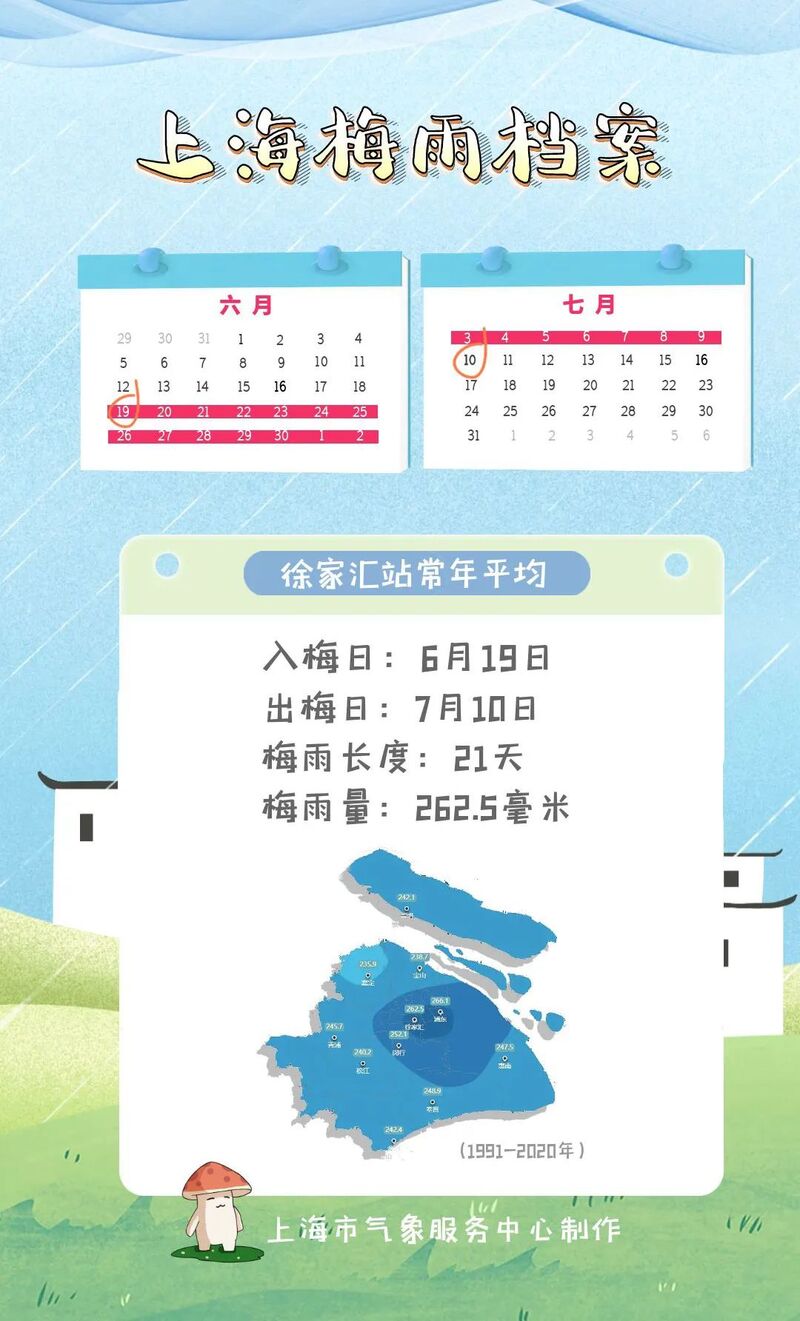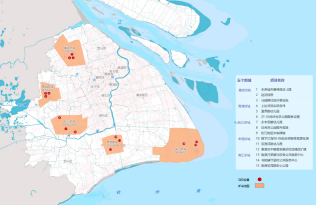To avoid "looking at the sea" in cities, we need to enhance drainage and overcome misconceptions. Extreme weather is becoming increasingly frequent worldwide
At the end of August and beginning of September this year, typhoons were high in the northwest Pacific and South China Sea regions, and "sea anemones" brought heavy rainfall to many areas of Fujian. Several cities were severely flooded and power outages occurred, and subways and high-speed trains were suspended.
Shanghai empathizes with this. Since 2021, at least four typhoons have significantly affected Shanghai, and multiple regions have experienced significant waterlogging for a long time due to inadequate drainage capacity.
After every response, the accumulated water will always recede, but if we do not fundamentally enhance the resilience of the city, we will only address the symptoms rather than the root cause. Moreover, the challenges of extreme weather will become more frequent and severe in the future.
In August this year, climate expert Alvaro Silva stated at a media conference of the World Meteorological Organization that in recent decades, many extreme events such as heatwaves and heavy rainfall have occurred more frequently and their intensity has also increased.
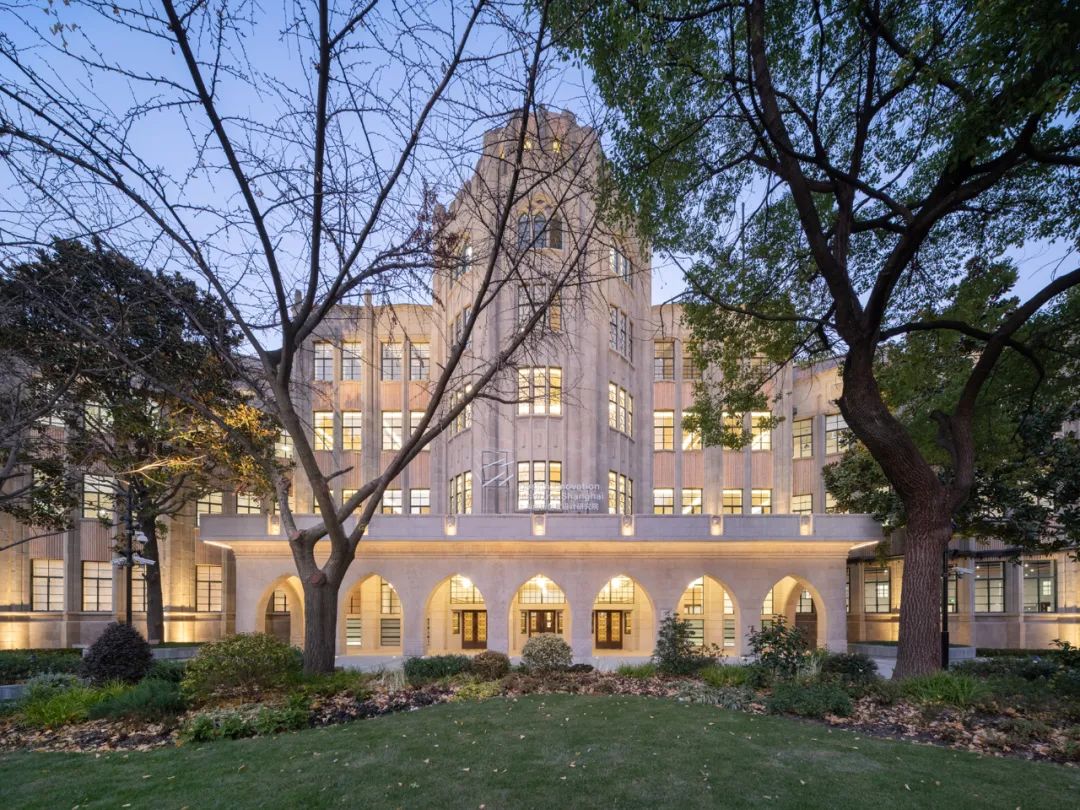
The 2022 Global Climate Report released by the World Meteorological Organization points out that due to record levels of greenhouse gases, global changes have occurred in land, oceans, and atmosphere. The rate of global sea level rise is accelerating, and Antarctic sea ice is falling to the lowest level on record. In just 10 years, the overall sea level has risen by more than 10 centimeters. In 2022 alone, extreme weather events such as floods and heatwaves have caused billions of dollars in losses.
What "shortcomings" does Shanghai need to make up for in order to resist the increasingly rampant floods, and what kind of "resilience" is needed?
How many years should it happen?
To objectively evaluate a city's drainage capacity, it is commonly used professionally to explain how strong rainfall it can cope with.

The rainfall of 36.5 millimeters per hour is called "once a year", while 51.2 millimeters, 58 millimeters, and 67.3 millimeters are respectively "once every three years", "once every five years", and "once every ten years". Under the corresponding intensity of rainfall, if there is no obvious accumulation of water, the drainage capacity is called reaching the standard of "once in a few years".
Taking municipal roads as an example, if the accumulated water does not exceed the roadside stones under a rainfall of 36.5 millimeters per hour, or if the accumulated water in the center of the road is less than 50 square meters and recedes within 1 hour after the rain stops, then the drainage capacity of the road has at least reached the standard of once in a year.
According to the data from the Shanghai center Drainage Management Center, by the end of the 13th Five Year Plan, the central urban area of Shanghai has basically achieved full coverage of the drainage system, and the drainage capacity has fully reached the once in a year standard, of which about 16% of the key areas have reached the once in three to five years standard.
With the continuous progress of the construction of the drainage system and the upgrading and reconstruction project, as of the end of last year, about 19% of the drainage capacity of the central urban area of Shanghai center had reached the standard of a return period of three to five years, and the areas in the city that reached this standard accounted for about 18% of the total.

According to the "Shanghai Urban Rainwater Drainage Plan", by 2035, Shanghai plans to form a modern drainage system with reasonable layout, safety and reliability, good environment, effective management, and smart resilience. The "once every three to five years" will be the universal standard in the city.
In layman's terms, nearly 20% of Shanghai's areas may not necessarily be flooded once every three to five years. By 2035, other areas will have the same capacity, but this is only the lower limit of the capacity, and the increasingly frequent extreme weather shocks will be the upper limit.
Referring to historical extreme weather data, it is difficult to resist once every three to five years. On July 21 this year, a heavy rainstorm occurred in Putuo. The hourly rainfall intensity at some stations exceeded 130 mm, which was close to 70% of the maximum rainfall intensity of the "July 20" extremely heavy rainstorm in Zhengzhou in 2021, exceeding the once-in-a-century standard. According to statistics from the Shanghai Flood Control Office, more than 180 underpasses, residential areas, and roads in the city experienced waterlogging on the same day. On September 3rd, the rain from the outer cloud system of Typhoon "Haikui" also caused short-term "sea watching" in many areas, including Hongqiao Road and Songyuan Road.
On July 21, there was a rainstorm in rainstorm, and water accumulated in many road sections. The picture is from the Internet

No matter how hard the drainage capacity catches up, it seems that it will never catch up with the increasingly grumpy God. Can we only give time to the waterlogging caused by extreme rainstorm? The answer to the benchmark of several world-class cities is negative: although no city can perfectly cope with extremely extreme rainfall, the key to being able to handle other situations calmly is to continuously improve their internal skills.
Tokyo and Singapore are both cities with higher average annual precipitation than Shanghai, regardless of the number of rainstorm attacks. According to the Shanghai Meteorological Bureau, the average annual precipitation in Shanghai from 2020 to 2022 was 1397.5 millimeters, while Tokyo and Singapore had 1529 millimeters and 2400 millimeters, respectively.
Some studies have pointed out that in recent years, under the impact of extreme weather, the waterlogging situation in the latter two cities has still been controlled at a relatively low level. The well-developed high standard drainage system planning and construction, as well as a large number of hidden reservoirs and underground rivers, have made major contributions.
Is it a system, not a bonsai
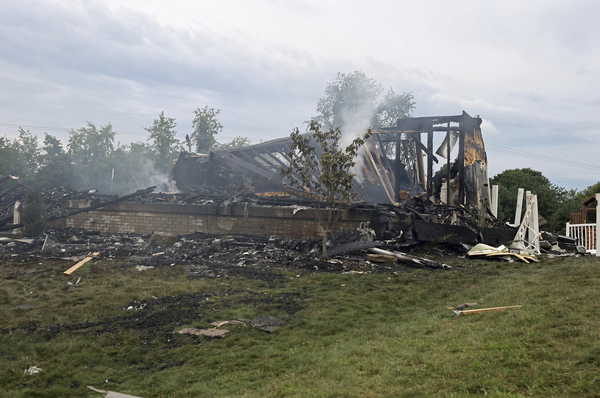
The improvement of drainage capacity is not only about increasing the drainage network, but also analyzing the reasons for the insufficient ability to cope with extreme weather today will provide a clearer understanding of what kind of drainage system Shanghai needs.
In terms of drainage talent, Shanghai seems to have significant advantages: rich natural water systems, and the suburbs are crisscrossed by rivers and water networks. However, in fact, Shanghai is a typical plain tidal river network area with high density of river network, flat terrain, uncertain flow direction and slow drainage. In flood season, it often encounters upstream flood, local rainstorm and tide.
Despite this, Shanghai, which has so many natural drainage channels, is still envied by many cities. However, with the high-intensity urban construction, the self drainage capacity dominated by natural water systems has been weakened.
"According to our research, if you can see the water system within a walking range of 600 meters, then the area has good drainage conditions and is generally not prone to water accumulation." Chen Yan, Deputy Chief Engineer of Shanghai Municipal Engineering Design and Research Institute Co., Ltd., said that nowadays in the city center, such an ideal drainage distance is rare.

The "Shanghai River Report" released by the Shanghai Water Bureau also reflects this phenomenon: in 2017, the total area of rivers and lakes in the city was 620.98 square kilometers, and the water surface rate of rivers and lakes was only 9.79%, less than 10%. After paying attention to the issue of water surface ratio of rivers and lakes, the behavior of river filling has been strictly restricted. In 2022, this number will rise to 10.3%, approaching the target of no less than 10.5% by 2035.
The ground hardening caused by high-intensity urban construction also leads to insufficient water conservation and storage capacity of the ground. Experts say that in the past, rain could seep into the soil as soon as it fell to the ground. Now the water is falling on the cement ground, without any buffering, and the drainage network without breathing time can only become thicker and thicker.
The most fundamental problem lies in the lack of a comprehensive layout thinking in past municipal construction. People who build buildings and roads do not consider drainage, and point shaped projects are rarely integrated with surrounding areas for overall planning. Only "bonsai" is not systematic. Chen Yan believes that many old residential areas are prone to waterlogging, one of the reasons being that the long-term urban construction has made the surrounding road embankments higher and higher, turning the residential areas into depressions.
Zhao Yuming, a resident of Huajian Second Street in Xuhui District, has had a good year. The long-standing problem of water accumulation in the community has finally been completely improved, and one of the main reasons for the water accumulation is that the ground elevation of the community is 0.3 to 0.5 meters lower than the municipal road.
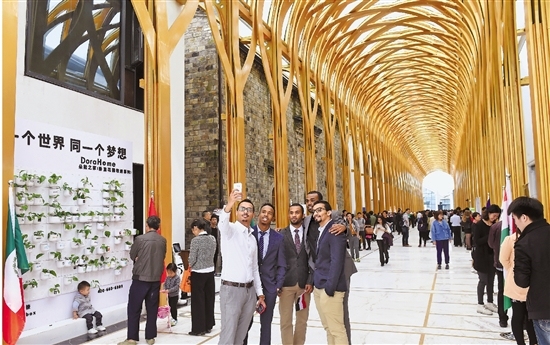
The improvement project of the water accumulation point has connected the breakpoint of the rainwater flow from the community to the Huajing West rainwater pump station through the installation of new pipes. After multiple heavy rains this year, there has been no situation where the water has reached the ankle.
The comparison pictures before and after the renovation of the waterlogging point are sourced from Shanghai Highway and Bridge Co., Ltd
Comparison of waterlogging points before and after renovation, taken by Chen Xi
At the entrance of Huajianyi Neighborhood, the road is clearly higher than one end of the community. Photo by Chen Xi
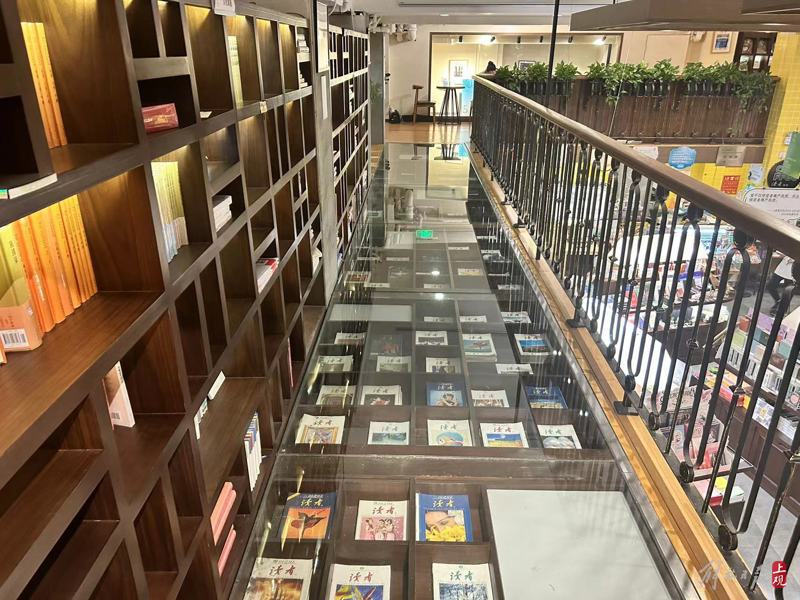
At the entrance of Huajianyi Neighborhood, the road is clearly higher than one end of the community. Photo by Chen Xi
"Another solution is to separate the rainwater and sewage from the source and discharge them into the nearby river channel, while solving the height difference between the community and surrounding roads." The relevant person in charge said that compared to adding a pipeline network, this method is more natural, but practical operation is more complex.
A construction company worker told reporters that when some cement concrete pavements are converted into asphalt roads, in order to be economical, reduce noise pollution, and shorten the construction period, they will not "break the road", but instead lay a new layer of asphalt on the road surface, which is called "overlay asphalt construction".
After completion, the road surface is generally several centimeters higher than the surrounding area. If constantly renovated, the road surface will continue to be elevated. In 2015, there was a phenomenon of "looking at the sea" on the campus of Tongji University, one of the reasons being that Siping Road was built more than 1 meter higher than the campus due to subway and underpass construction.

From passive flooding to active flooding
If building sewers and strong drainage facilities is the first half of urban flood prevention, then sponge cities are the second half.
Sponge city refers to a city that, like a sponge, can absorb, store, infiltrate, and purify water during precipitation. In times of drought and water scarcity, it can "squeeze out" the collected rainwater for utilization. This concept emphasizes the principle of "following nature", which means reducing the interference of urban development on natural aquatic ecology.
In 2015, China launched the first batch of sponge city pilot projects. Experts believe that despite nearly a decade of exploration, it is still in its early stages from a global perspective, and there are many cognitive misconceptions that need to be clarified.

Some places simply understand "sponge cities" as green measures at the source and low impact development, but this cannot actually solve urban waterlogging. In some places, the construction of "sponge cities" only focuses on engineering measures such as drainage networks and rainwater storage, neglecting the construction of regional water ecosystems.
In Chen Yan's view, Sponge City is not a bonsai like point project, but a systematic concept that needs to be involved from the beginning of urban planning. A true sponge city not only includes source rainwater control, but also other measures such as pipeline networks, pumping stations, and storage tanks.
Throughout the exploration experience of livable cities such as Copenhagen, Stockholm, and Amsterdam in flood prevention, the combination of "blue, green, and gray" has always been emphasized.
The characteristics of Tokyo are systematization and high standards. As early as 1986, Tokyo proposed a comprehensive approach to flood control that combines rainwater outflow suppression, sewer systems, rivers, and regulation, setting long-term goals. It has been consistently invested for 37 years. The number of different types of storage tanks used in drainage and flood prevention in Tokyo is generally higher than that in Chinese cities.

Singapore places greater emphasis on natural drainage systems. The ABC Water Action Plan, launched in 2006, is committed to restoring urban river and wetland ecosystems, utilizing natural ecosystems to retain water and reduce floods; Various aerial gardens collect rainwater to support vegetation while achieving rainwater interception functions.
Drawing on advanced international experience, Shanghai has not missed a new round of development opportunities. In the construction of the "Five New Cities", Shanghai has explicitly advocated the concept of sponge cities, combined with vertical terrain design, to achieve composite functions such as green regulation and storage, soil consumption, water purification, and biodiversity. A clear goal to be achieved by 2025 is to achieve 40% of the urban built-up area in Shanghai's sponge city construction area.
Undoubtedly, in Shanghai, where every inch of land is worth every penny, the exploration of sponge cities will inevitably face numerous obstacles, requiring the wisdom of "making a dojo in a snail shell" - functional composite utilization.
The restoration project of Seonggye River in Seoul, South Korea provides experience. The river design is a compound cross-section, usually with 2 to 3 steps, the sidewalk is close to the water surface, the middle step is the riverbank, and the top is the lane. The new construction project will also separate rainwater and sewage. The rainwater will return to the Han River through the sedimentation tank. When there is a large amount of rainfall, it will flow into the Qingxi River through the overflow outlet on the facade of the river.

The image of the Seoul Seonggye River restoration project is sourced from the Shanghai Municipal Planning and Resources Bureau
Following this approach, the potential functions of some public places urgently need to be explored.
"According to the traditional concept, no city can be flooded in a rainstorm, but in an emergency, sunken green space and sunken activity square can be considered as temporary water storage systems to ensure rapid drainage of key parts such as roads, communities and underpasses through drainage." Chen Yan said that this is "from passive flooding to active flooding".
At the Jiading Experimental School of Song School in Shanghai, the main entrance, public teaching area, and sports field are designed with an overall sunken greenery. Surrounding roads and roofs allow rainwater to naturally flow in, forming a sponge.
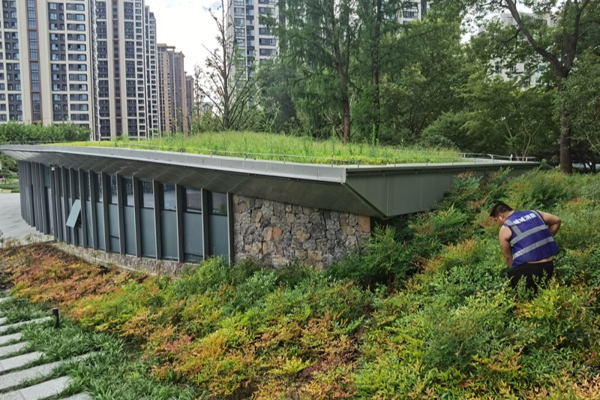
The rendering image of Shanghai Song School Jiading Experimental School is sourced from the Shanghai Municipal Commission of Housing and Urban Rural Development
The image of Shanghai Song School Jiading Experimental School is sourced from the Shanghai Municipal Commission of Housing and Urban Rural Development
The image of Shanghai Song School Jiading Experimental School is sourced from the Shanghai Municipal Commission of Housing and Urban Rural Development
During the renovation of the Peace Park, measures such as raising the overflow water level of the water body and setting up drainage channels were taken. The park's water body and abandoned underground civil defense channels were used as temporary detention spaces, with an additional storage capacity of 8700 cubic meters, to serve the rainwater storage of about 36 hectares of surrounding areas exceeding the drainage capacity of the pipes and channels.
Zhang Biao, a senior engineer at Tongji University Architectural Design and Research Institute Co., Ltd., said that a good "sponge" project cannot be left alone. It should be able to complement the surrounding drainage projects at any time, which is also a wisdom of fully utilizing limited storage space.
The lake in Peace Park has a normal water level of 2.5 meters. During rainfall, there is at least 0.3 meters of space on the lake surface to store water and reduce surrounding drainage pressure. Photo by Chen Xi
The large lawn and grassy ditches in Peace Park can effectively delay the pace of rainwater after it falls, and the water retention effect is five or six times that of hard ground. Chen Xi's stunning photo
There is a civil defense passage hidden beneath the trail of Peace Park, which has now been converted into a storage pipe with an additional storage capacity of 150 cubic meters. Photo by Chen Xijing
Industry insiders believe that as a systematic project, sponge city construction needs to be gradual, and Shanghai still has a long way to go. Experts suggest top-level design support, such as legislative safeguards. In June of this year, the "Yichang Sponge City Construction Management Regulations" were submitted for review.
Financial security is also crucial. Taking Singapore as an example, as of 2022, the Singapore government has allocated approximately SGD 2 billion over the past 10 years to strengthen the island's drainage capacity and improve the design standards of ditches.


